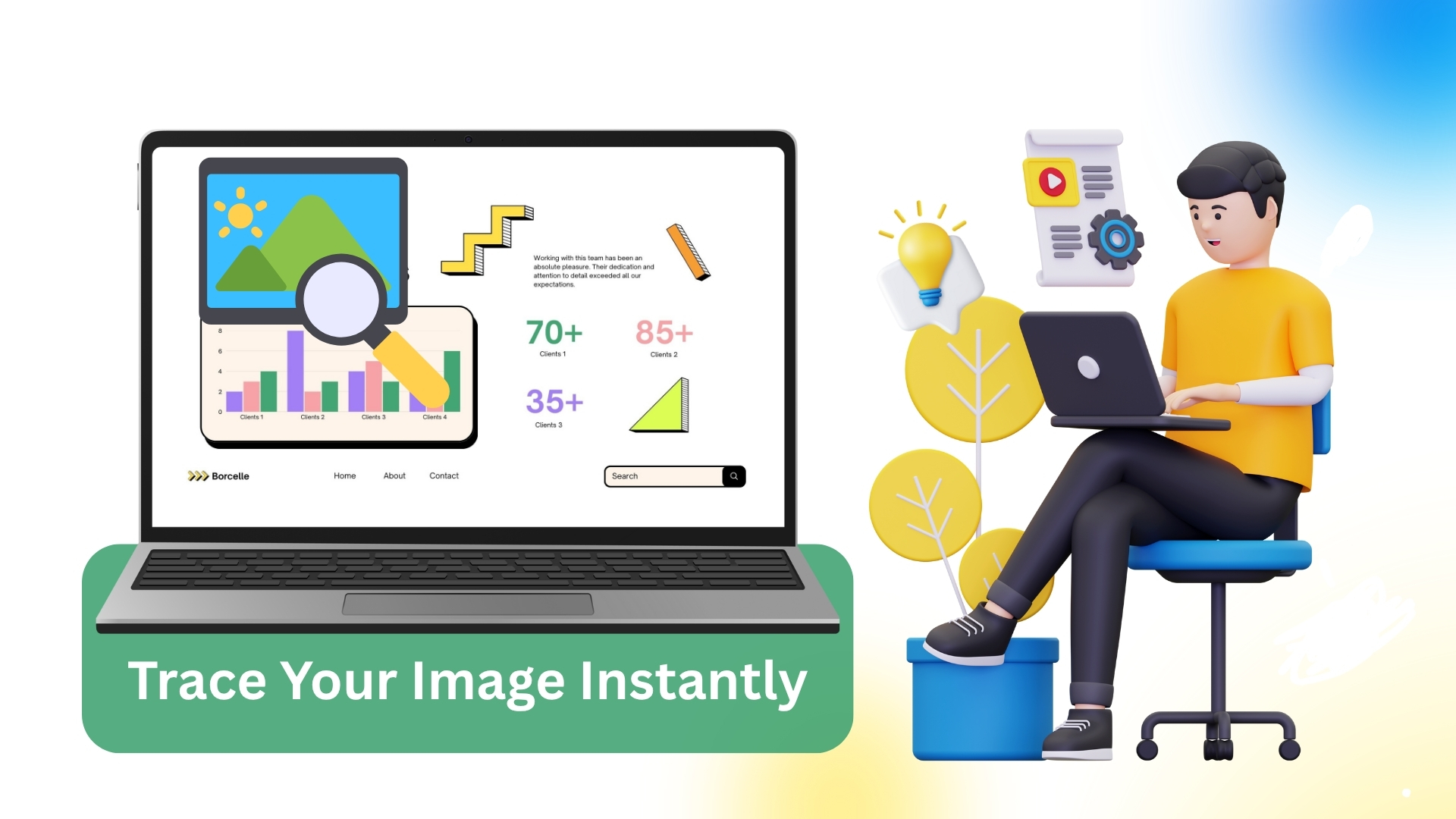
Marketing Power of Reverse Image Search: How to Use It Effectively
2 May 2023
By Admin
No Comment
Once you post an image online, whether it’s a product photo, a campaign graphic, or even a meme, you lose some control over where it ends up. People might reuse it, repost it, or share it in ways you didn’t expect. Sometimes that’s good, other times, not so much. Either way, it’s helpful to know how and where your images are being shared.
That’s what reverse image search is for. It gives you a way to track images across the web, see how they’re being used, who is using them, and discover related content that can support your work.
What Is Reverse Image Search?
Reverse image search, also known as duplicate photo search, is a technique that allows you to search the internet using an image instead of text. Instead of typing keywords, you simply upload a photo, and the tool scans the web to find exact matches or visually similar images.
How reverse image search works
Here’s how it works:
1. Upload a photo.
2. Get a list of sites where that image shows up.
Also Read: How to Use the SEOWagon Reverse Image Search Engine
Reverse search engine can find exact matches and images that have been edited, resized, or slightly changed. You don’t need to know who posted the image or what they said about it. The tool just searches for the image itself by scanning the colours, shapes, and layout to find matches across the internet.
Why Marketers Use Reverse Image Search Tool
Reverse image search isn’t just a way to satisfy curiosity. It can actually help you do your job better in a few specific ways:
1. Keep an Eye on Your Brand’s Visuals
If someone’s using your logo, campaign art, or product photo without permission, you would want to know. Maybe it’s a harmless mention, or maybe it’s being misused. Either way, the tool helps to stay aware of where your visual content is ending up.
2. See Who’s Sharing Your Content
Sometimes a blogger writes about your brand and includes your photo. Or someone posts your product on Pinterest or Reddit. These are great chances to connect with your audience, join the conversation, or even share the post from your own account. And duplicate photo search helps you find those moments.
3. Find Potential Partners
If a lifestyle blogger or small influencer is already using your product image, it could be a good lead for a partnership. Since they’ve already shown interest, reaching out to them feels more natural and aligns with their existing interest. Reverse search engine can uncover these opportunities without much effort.
4. Analyze Competitor Strategies
Curious where your competitor’s images are being featured? Want to see what kind of visuals they’re using in their latest campaign? You can do a reverse search of one of their images and get a clearer picture of how their content is performing and being used.
5. Make Sure You’re Using the Right Images
Let’s say you find an image online and want to use it in your next campaign. But before you do so, you should make sure it’s not copyrighted, overused, or linked to something you don’t want to be associated with. Reverse image search helps you trace its origin so you can avoid these kinds of mistakes.
It’s Not Just About Protecting Your Work
Reverse image search can help you guard your content. But it also helps you learn about new things, find image sources, search products, and build better connections with the people engaging with your brand.
Marketing is a dynamic and fast-paced industry, and keeping track of where your images end up can feel overwhelming. Reverse image search makes it quick and easy to help you stay informed. In just a few clicks, you get useful information that can help you make better decisions.
If you’re using visual content regularly, as most marketers are, a reverse image search tool should always be at your disposal.
Try SEOwagon’s free Reverse Image Search Tool to stay ahead and make smarter marketing decisions.



